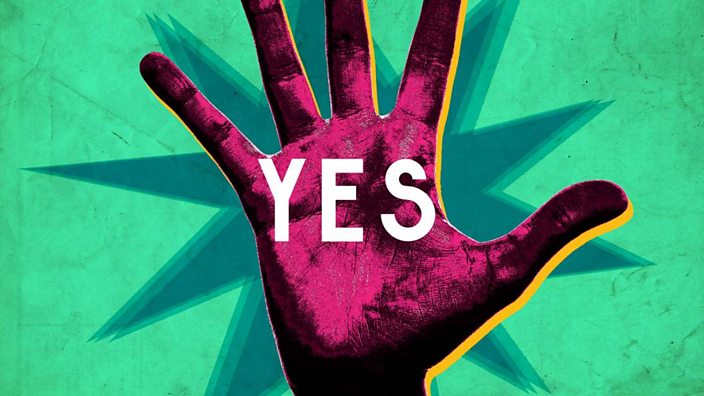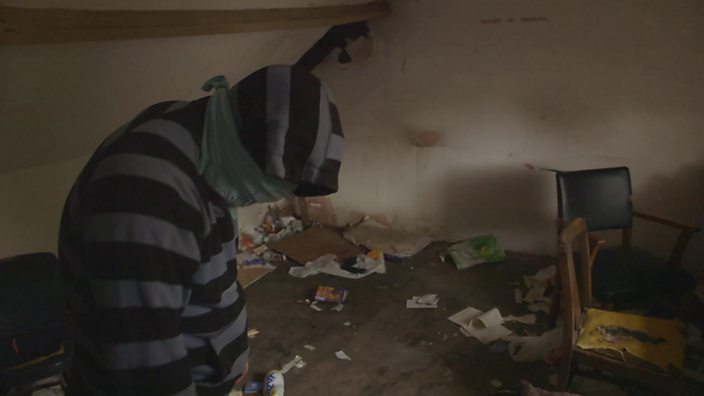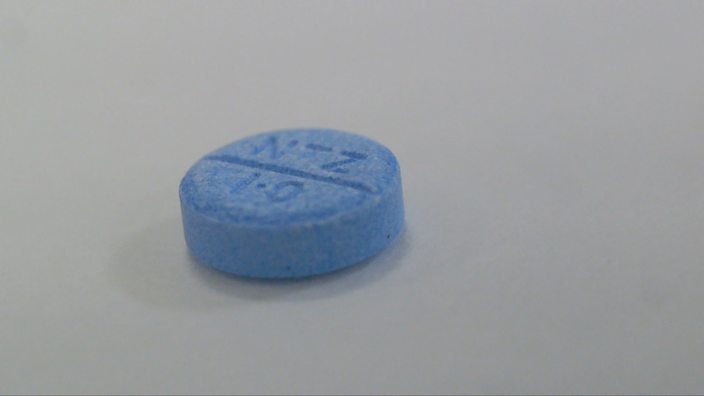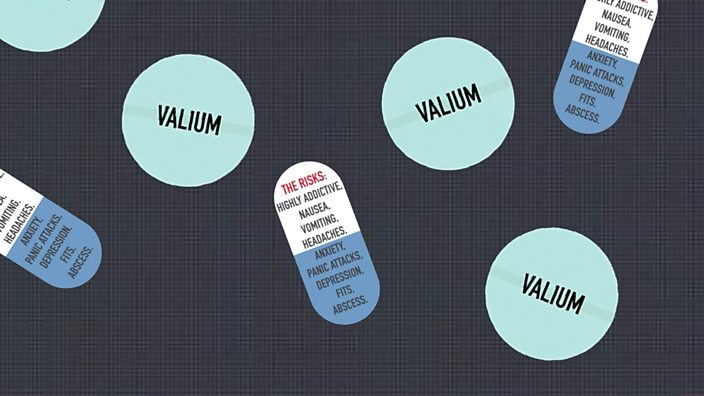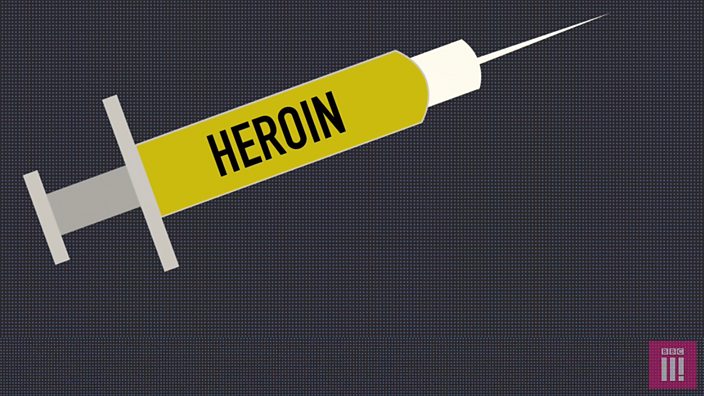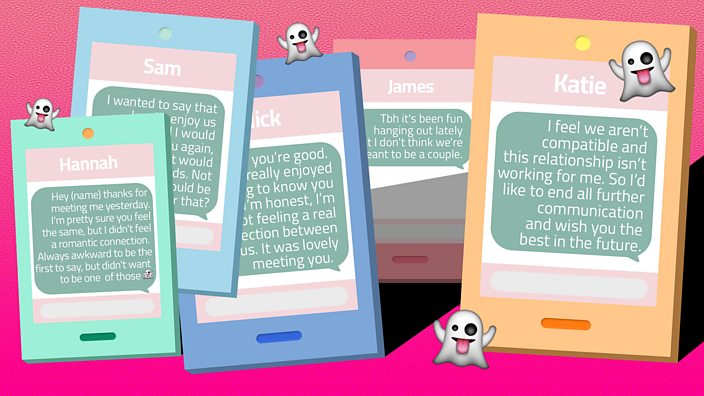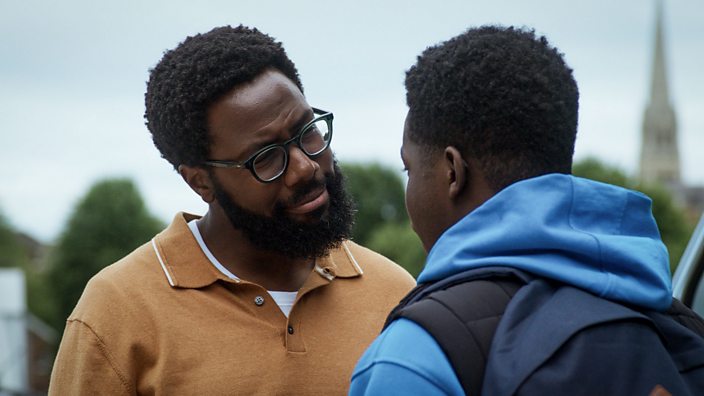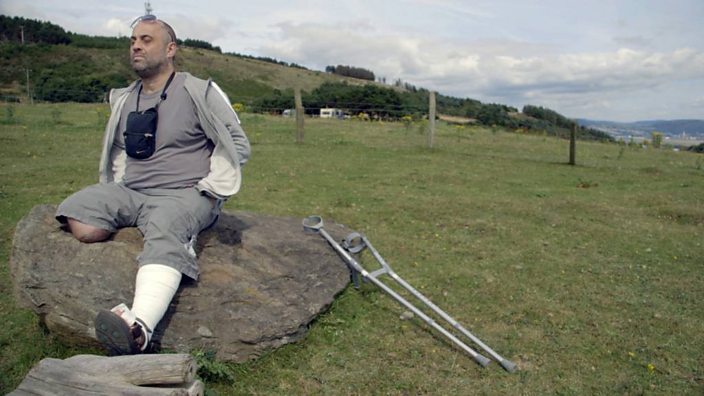 BBC Three
BBC ThreeAbscesses and amputations: Inside Swansea’s drug-injecting community
When is enough enough?
This was a question I found myself asking repeatedly while I camped out in Swansea, filming a documentary about people who had ravaged their bodies by injecting drugs for years.
Twenty-nine year-old Michael, who bore scars on his legs like something a corpse at the Somme might have, had overdosed three times and been hospitalised many more.
 BBC Three
BBC Three
He spent 28 days in intensive care after injecting a hit of “dirty ‘meow’” [mephedrone] that was cut with glass. On another occasion, doctors found multiple abscesses riddling his lungs. “I was dying, man.”
There're plenty of health issues associated with injecting drugs. While the severity of overdoses is commonly understood, infections can also be incredibly dangerous and even life-threatening. During the course of filming, I even met people who had limbs amputated as a result of injecting drugs.
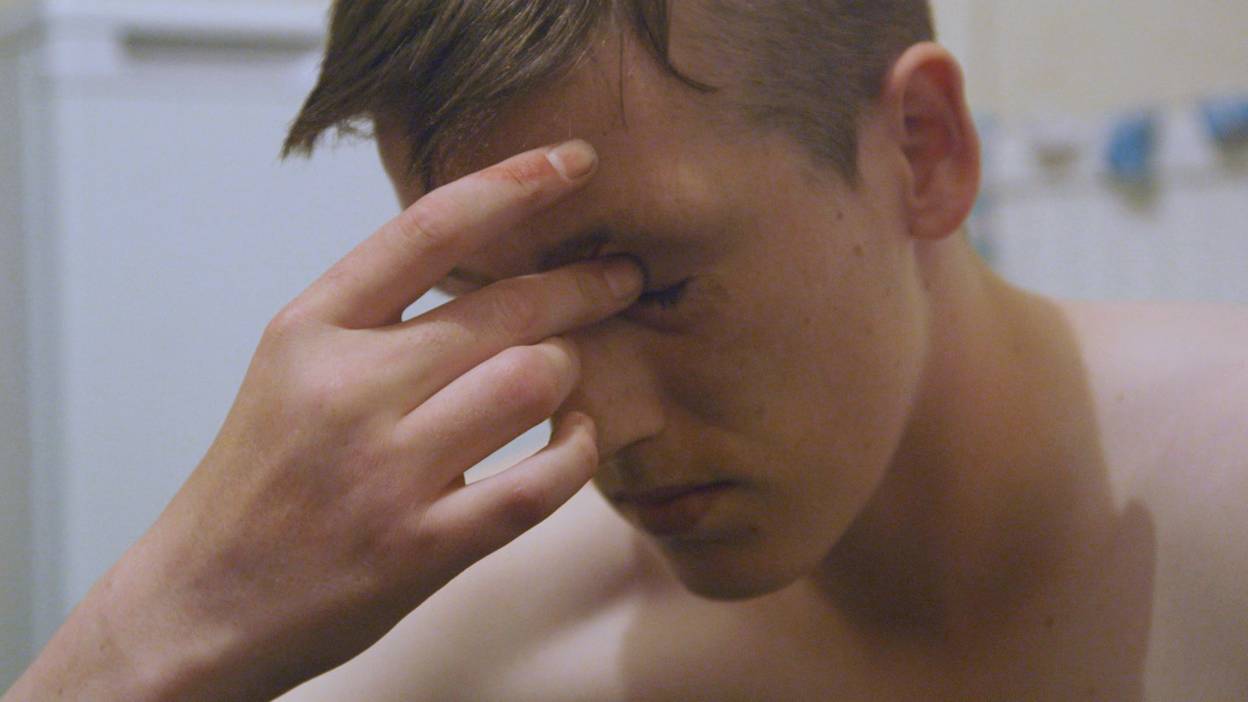 BBC Three
BBC Three
Josie Smith from Public Health Wales laid out the current situation in the starkest terms:
"People aren’t just injecting heroin now, they’re injecting heroin and crack, and ketamine and MKat [mephedrone], ethylphenidate, all sorts…
“Along with the change in the drugs markets, we’ve seen a substantial increase in injection site infections, bacterial infections, abscesses, to the most severe where you’re talking about deep vein thrombosis, femoral aneurysms and the requirement of amputations.”
Michael had been smoking heroin since the age of 12, around the same time as his mum put him to work dealing the drug. The first time he injected as a teenager, the feeling was intense. “I was on my knees. I couldn’t bear it I was so overwhelmed, I thought I was going to die.” He got hooked, and heroin has been a part of his life ever since. He’s been homeless on and off since he was a teenager.
“I love my mum, but… sometimes I wish I’d had a better life.”
He’s been spat on while begging and had his head kicked in while trying to sleep. But one of the things that bothers Michael most is “not being able to walk down the road with a pair of shorts on.” He promised himself that by the time he was 30, he wouldn’t be taking heroin anymore, cutting down to just his methadone prescription.
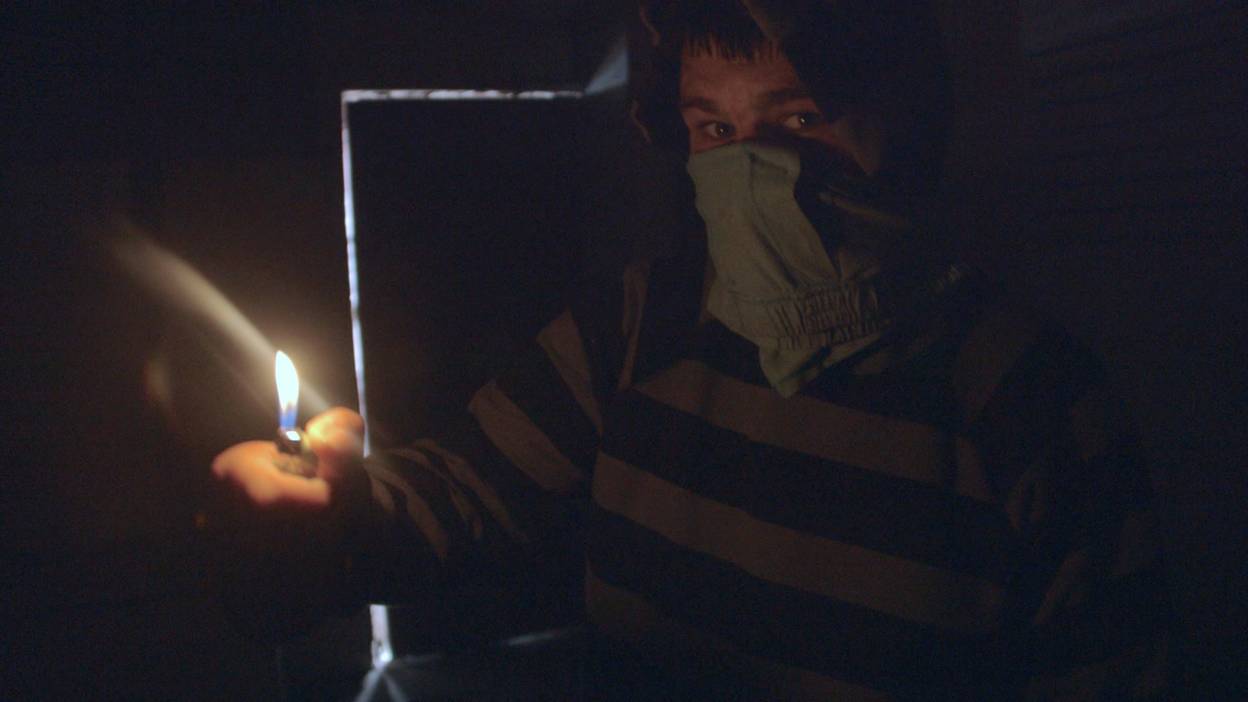 BBC Three
BBC Three
Then there was ‘Johnno’ who found himself with nowhere to go after a short spell in prison (local authorities in Wales are no longer obliged to house newly released offenders). Now in his early 30s, he lives in a squat that doubles up as a communal injecting space for the local drug-using population.
“You’ll see there’s no needles around here though,” Johnno said, proudly signalling the small room he’d managed to claim in an otherwise needle-carpeted house that smelled of urine.
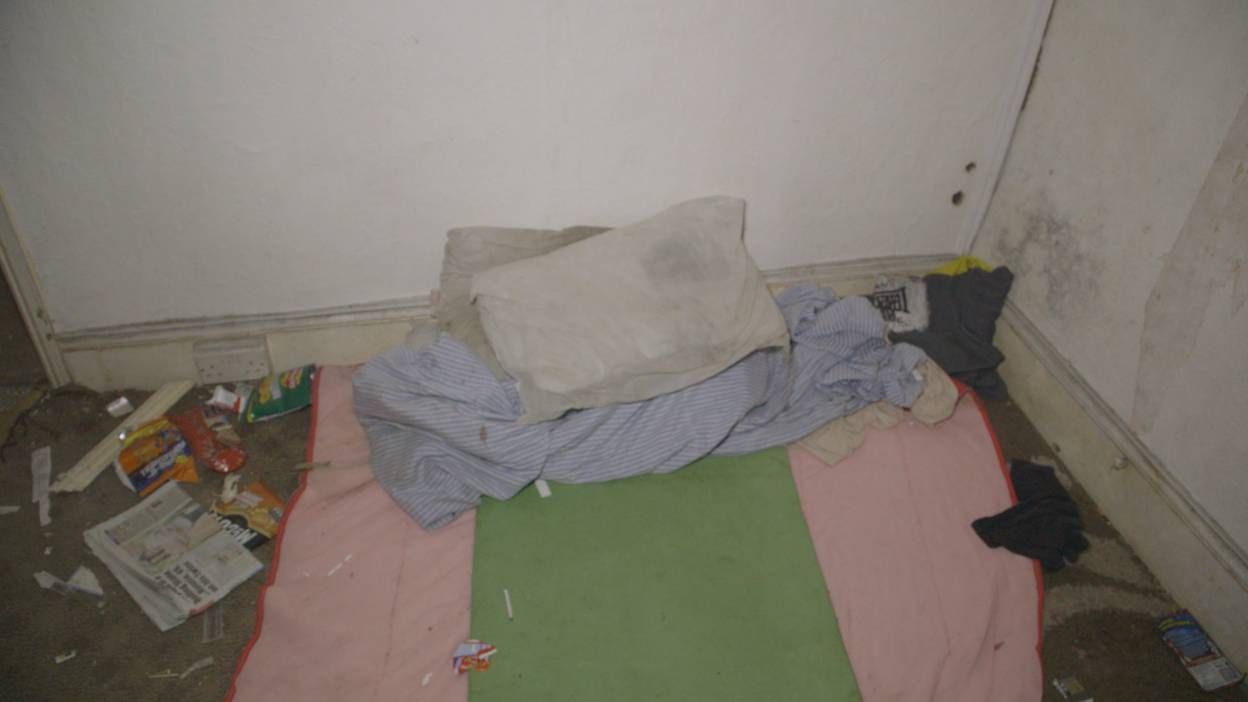 BBC Three
BBC Three
“I’m not a dirty user. I don’t leave my needles lying about.” Risk of infection is inevitably higher in squats like the one Johnno stays in. Despite Johnno’s best efforts, he contracted Hepatitis C from another user, not from needles, rather simply by sharing the same 'cooker' to prepare their drugs.
Johnno was waiting for a place in rehab. There, he could begin rebuilding his life: finding work and seeing his kids. His voice shook with emotion when he talked about them. “I get to see them twice a week, which is good... I don’t tell them about none of this. They think I go back to a lovely house like they go home to. I don't, really, I come back to this.”
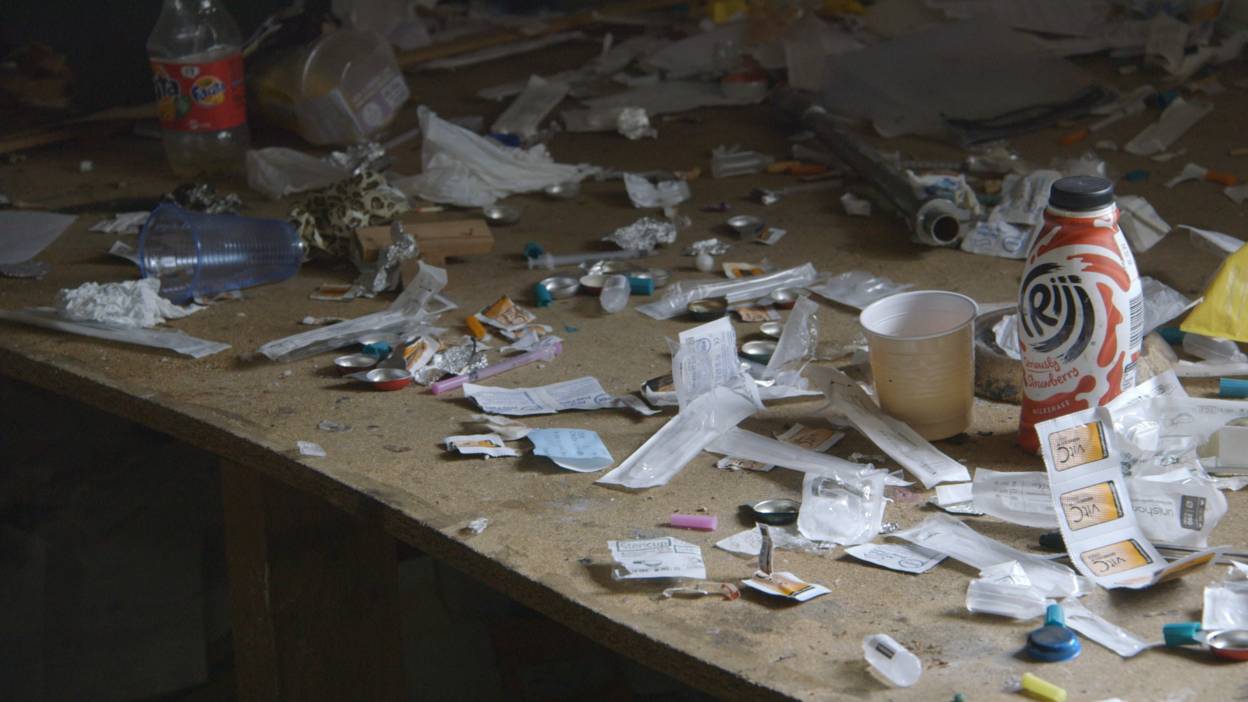 BBC Three
BBC Three
Finally, there was Brandon.
The 47-year-old started taking drugs heavily in his early 30s after his wife left and took their kids with her. It started with amphetamine (aka ‘speed’), which he soon started injecting.
A few years of no-holds-barred, soul-twisting abandon and Brandon was injecting speed, heroin, cocaine and a variety of more obscure chemicals he and his friends were ordering from the internet.
After a decade and half of injecting, with thousands of needles having torn into his veins, it finally went wrong for Brandon. “I injected ethylphenidate with a superfine [needle] into my ankle and blew a capillary”. The wound grew from a matchstick sized hole to an ulcer the size of a mango.
“On New Year's Day 2016 they amputated my leg below the knee.”
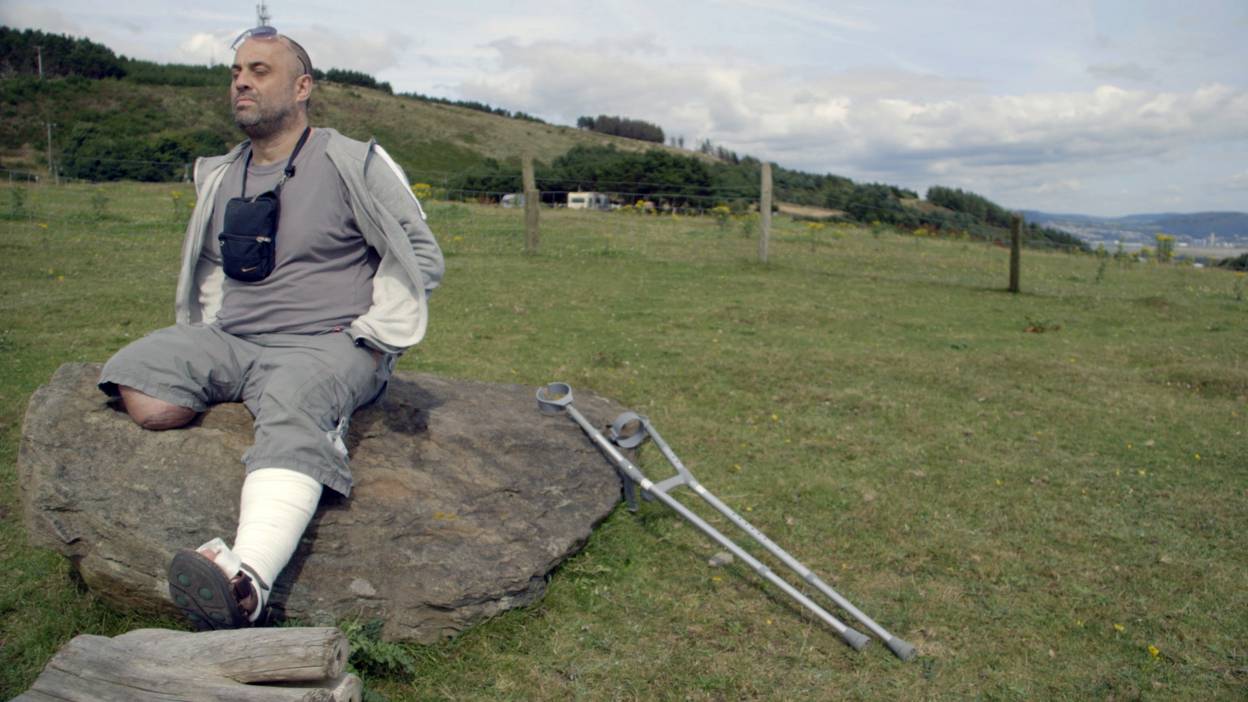 BBC Three
BBC Three
Brandon blames the loss of his leg on poor medical care - a result, he believes, of stigma against him as a drug user.
This should not be immediately disregarded, as Josie from Public Health Wales explains:
“I think the vast majority of individuals, particularly injecting drug users, are highly stigmatised by health professionals who are perhaps less than sympathetic.”
He has another ulcer on his remaining leg, which means he’s at risk of losing that one as well. Though Brandon doesn’t want this to happen, he still wants to have a good time and often appears to underplay the consequences.
The only time I saw him look seriously worried was when a doctor told him he is going temporarily blind in one eye, due to dislodged blood clots.
Why did he carry on, with all these problems mounting up?
Addiction counselors often say that tomorrow is the first day of the rest of your life. But what if your life will be a permanent battle with depression, daily management of excruciating pain, a litany of serious health problems or dealing with a sudden, life-altering disability?
Some people stop well before they have to face these questions. Others carry on into oblivion.
Brandon expressed disappointment with himself, personal regret, failure as a father, shame at the state he had put himself in, and at the burden he felt he had become on those around him.
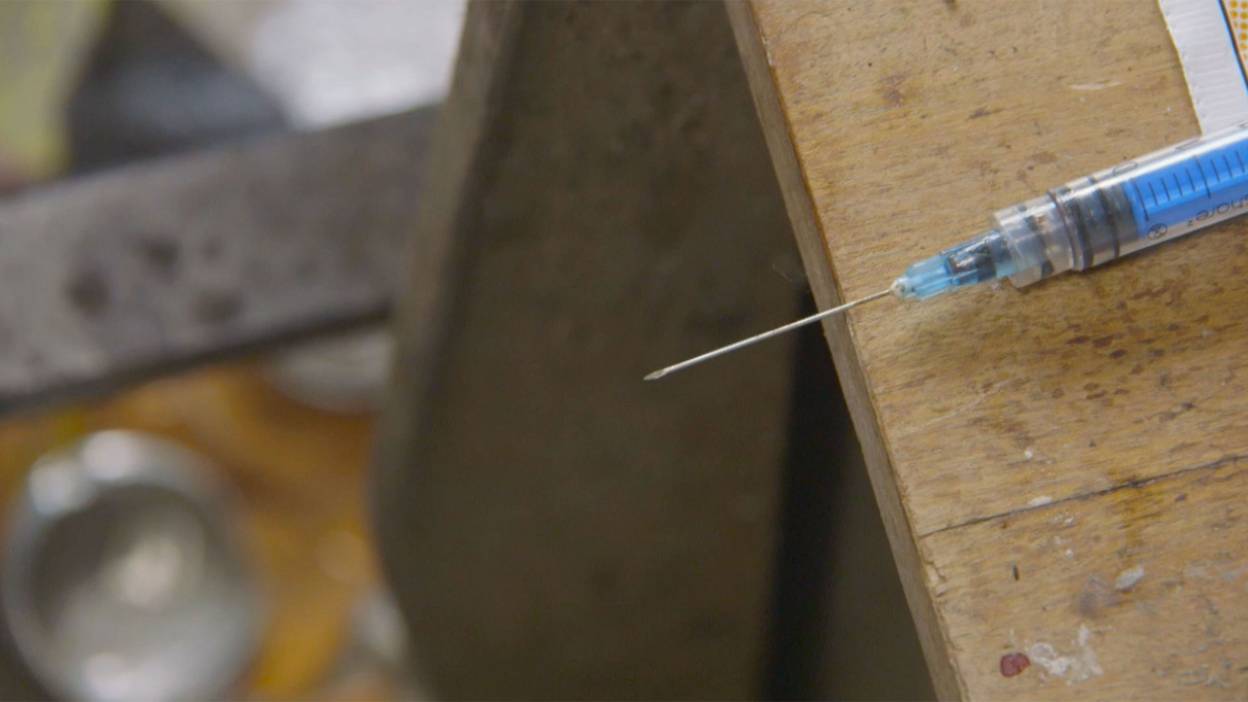 BBC Three
BBC Three
He’d stopped injecting but continued to smoke crack several times a week, like a lung-cancer sufferer who had cut down from two packs of fags a day to one.
He treated everything as a joke, rationalising his bad choices and shunning responsibility. But if things got real for even a second the conversation would often turn to suicide.
“Maybe I’m just lost,” Brandon said once adding, with a wry smile. “There’s no breadcrumbs for me to follow.”
 Josh Haddow
Josh Haddow
During the course of making this film, I started to wonder if self-sabotage, on some fundamental level, is a part of who we are as a species. It might be much more conspicuous in some individuals than others, but perhaps all of us carry the impulse within us.
I also realised that self-inflicted injuries are the most painful wounds to heal. No matter how many times you tell yourself that mistakes are what make us human, the hardest person to forgive is yourself.
Watch Drugs Map of Britain: Swansea - Injecting Gone Wrong on BBC iPlayer.



